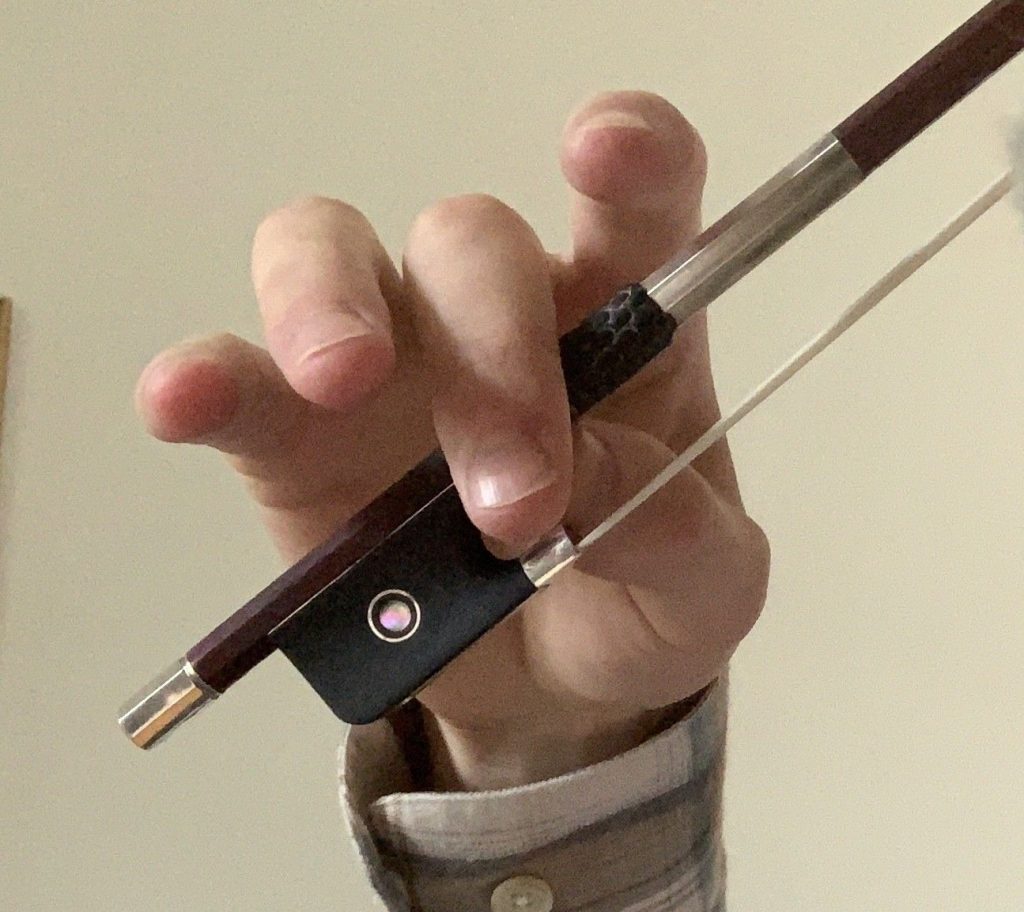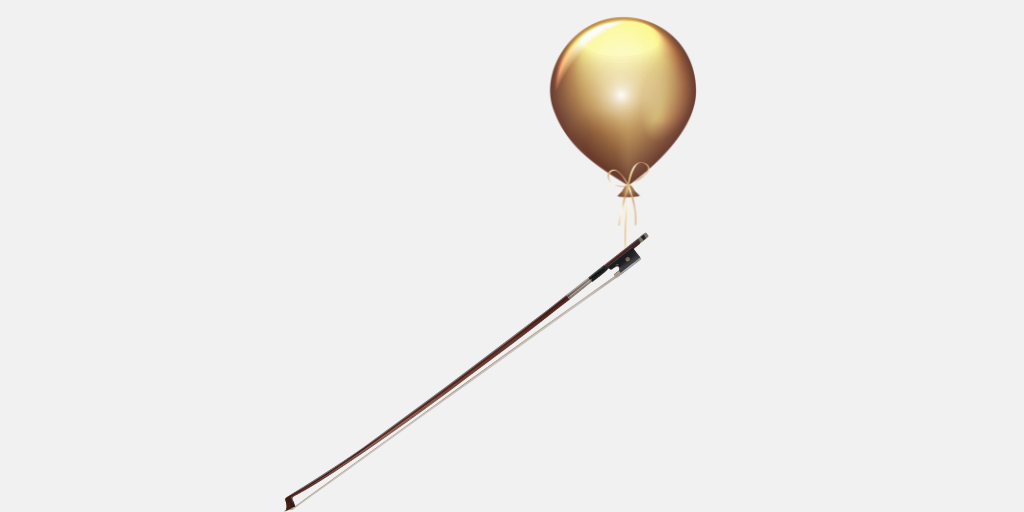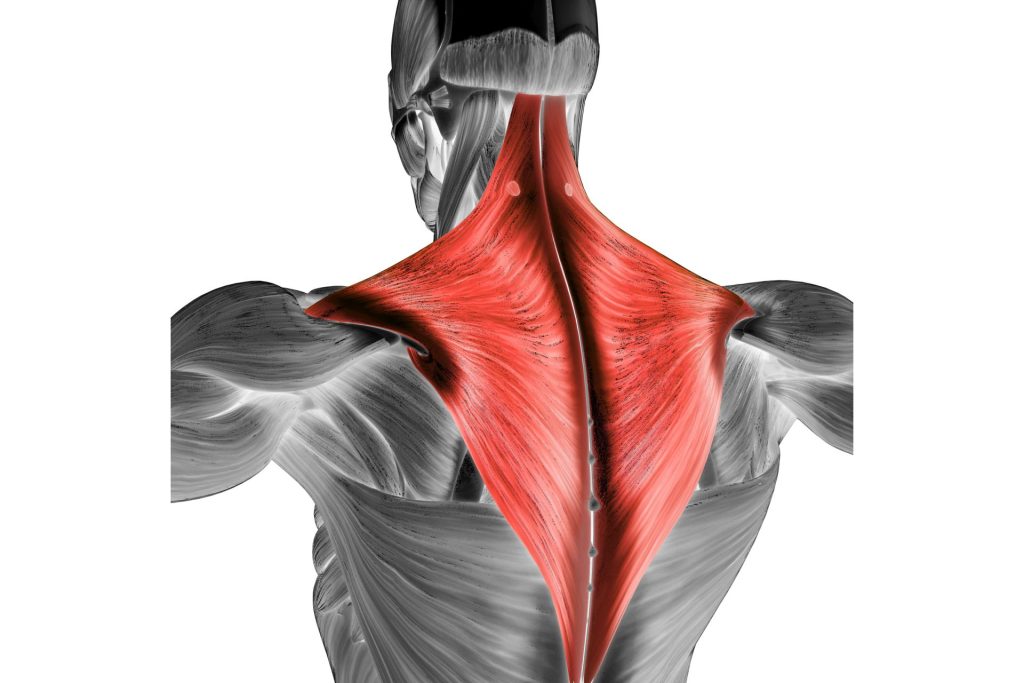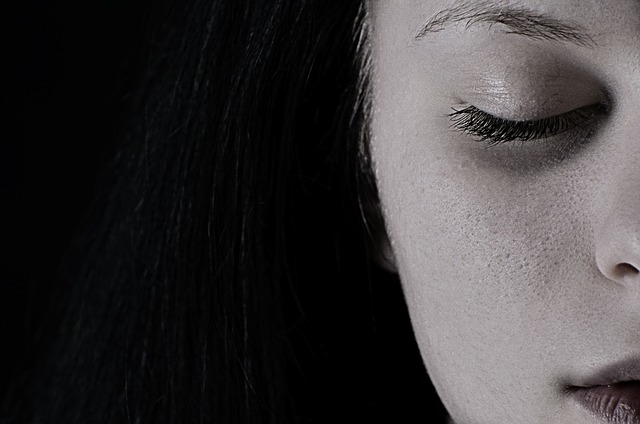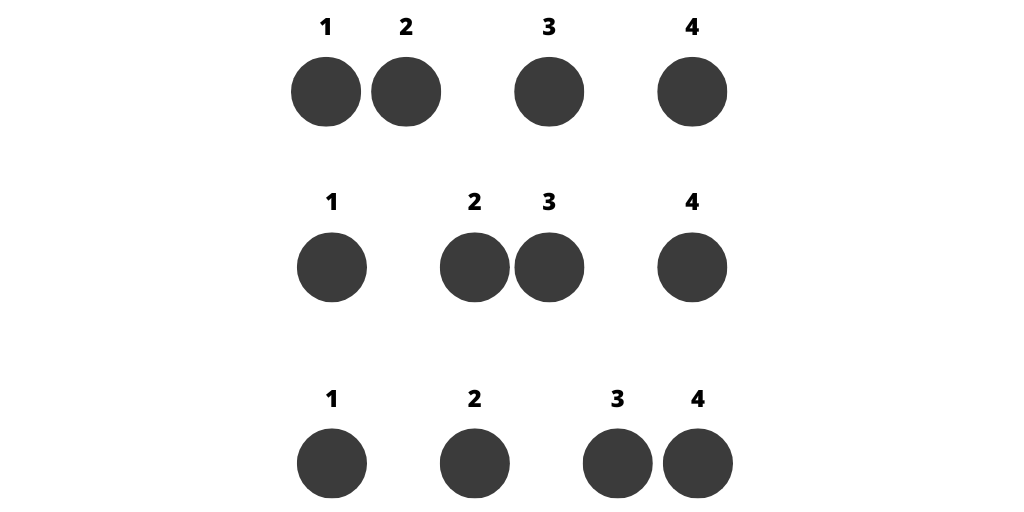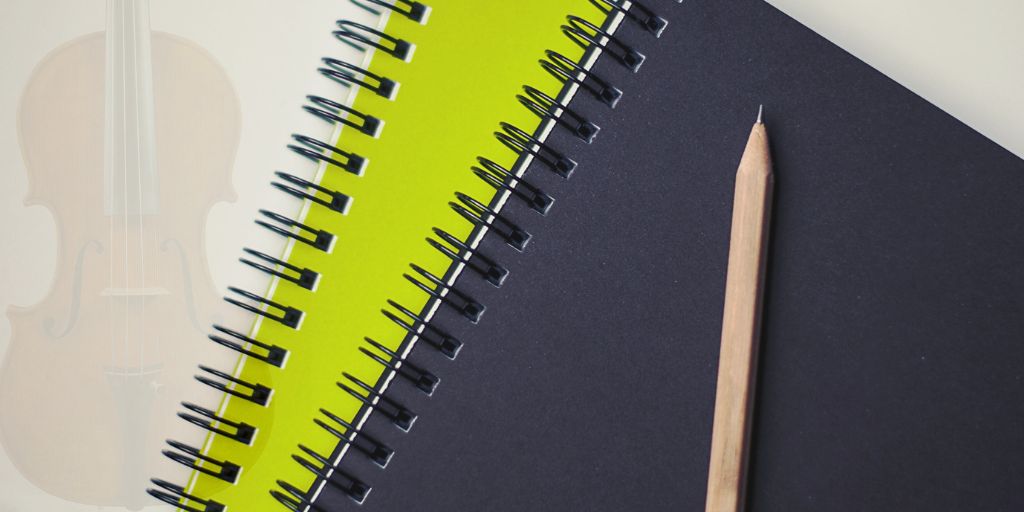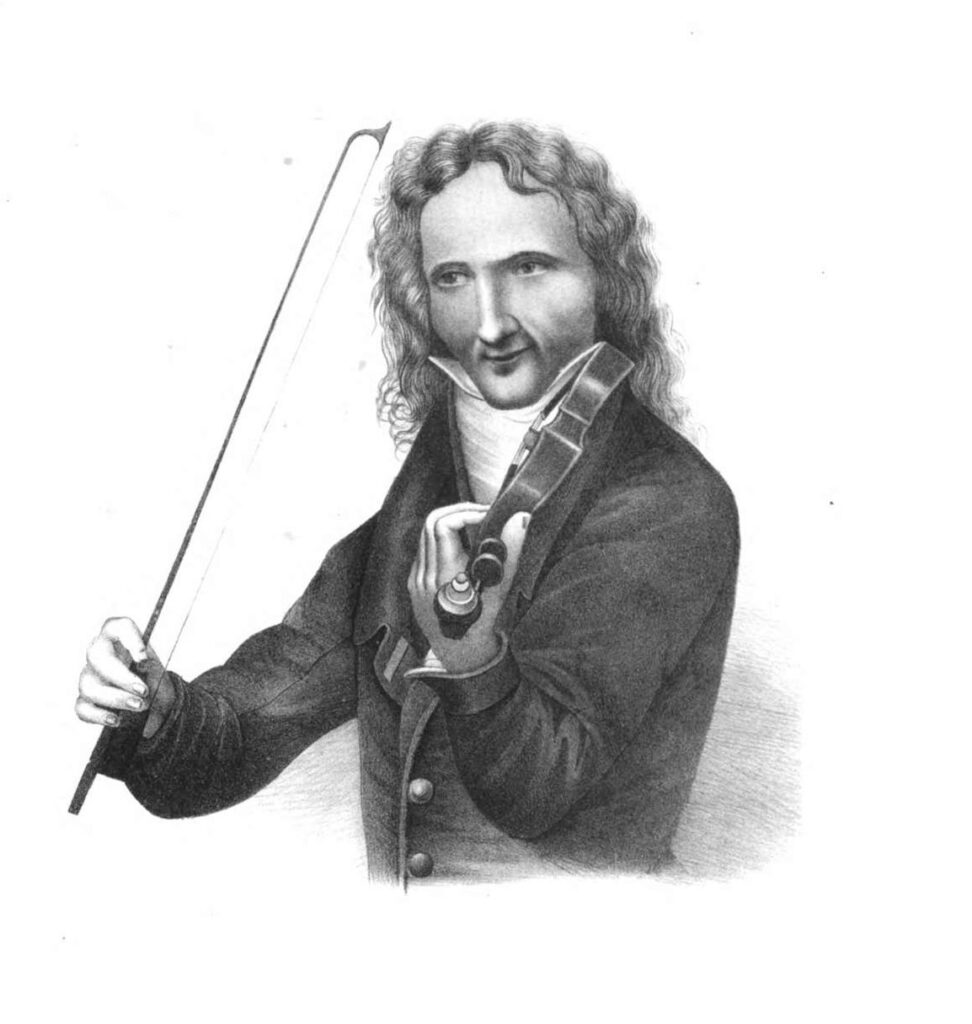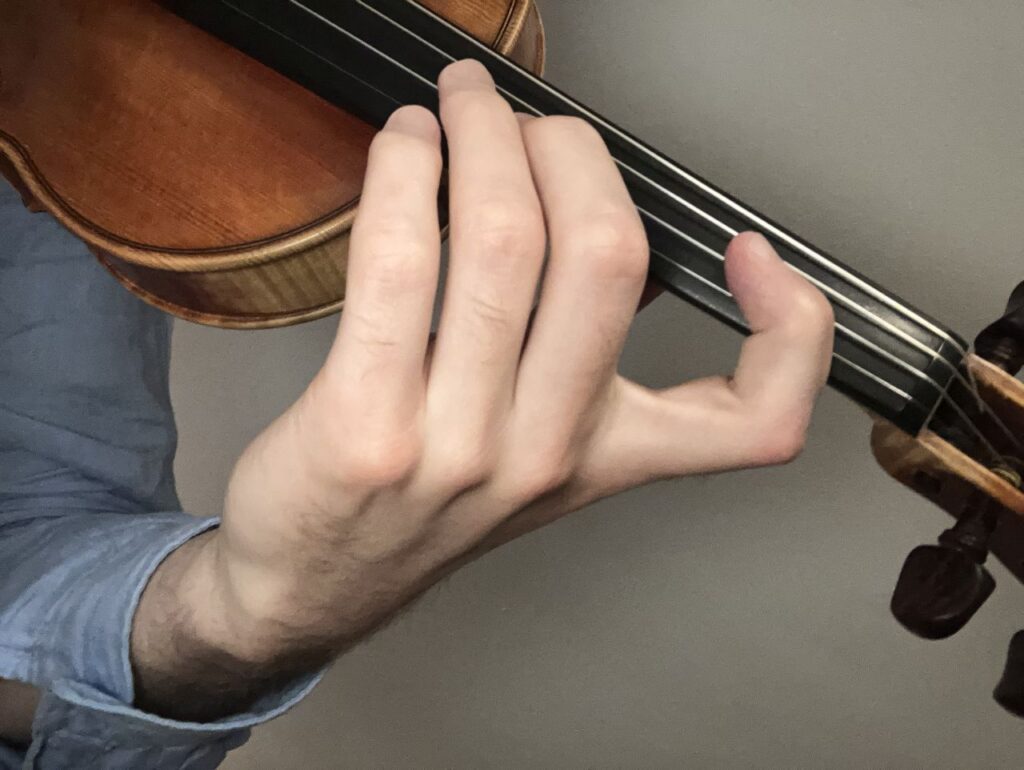How to Use the Weight of the Bow
Let’s get to know the violin bow a bit better. No doubt, we need to apply some force to the bow when playing the opening of Ravel’s Tzigane. And we definitely want to be able to play barely audible in some orchestral passages. But do you know exactly when to add force to the stick? […]
